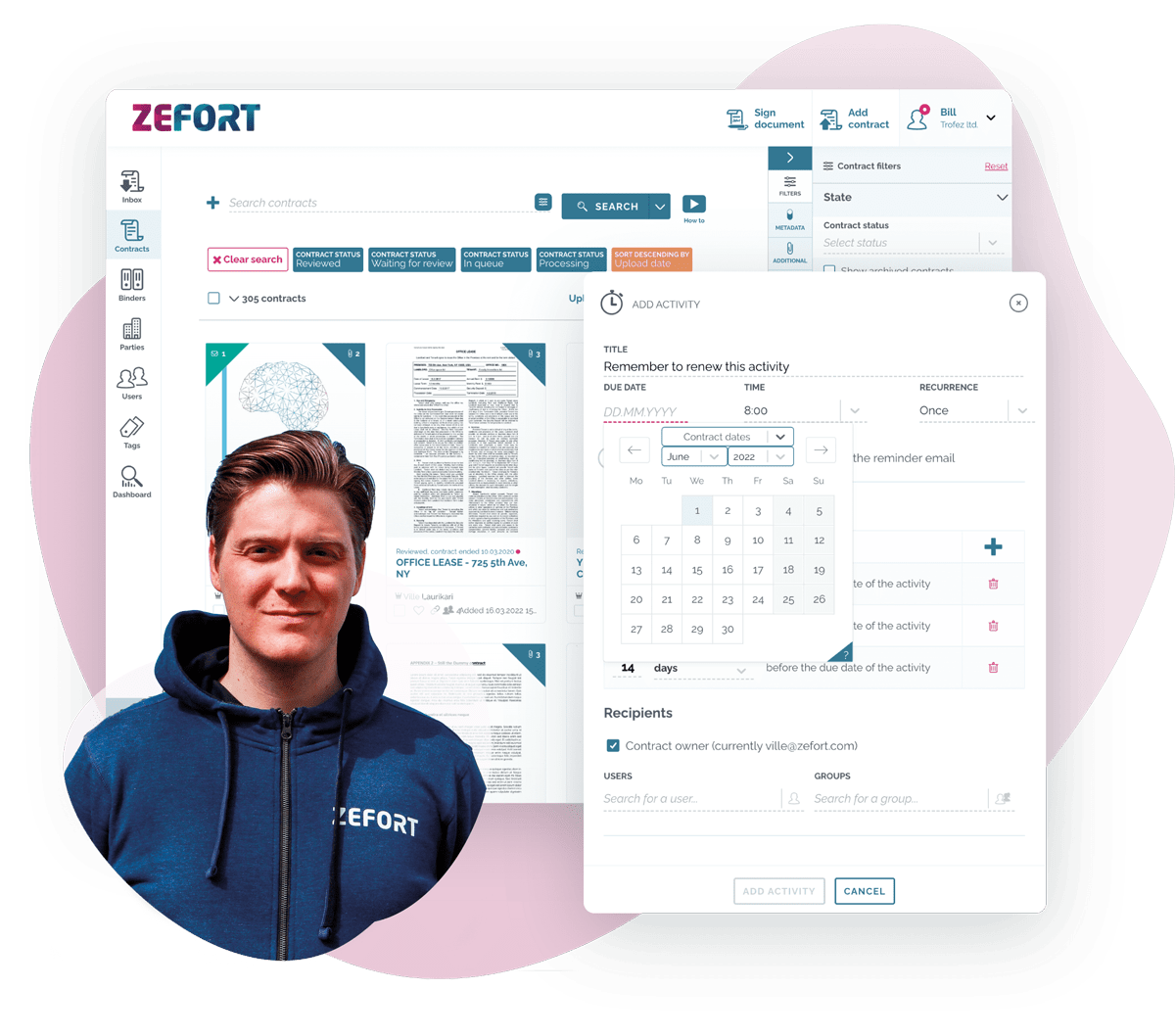The Emerging Trend: Exploring the Impact of Legal Design Applications in the Legal Industry
Are you tired of the traditional, complex, and often intimidating legal processes? If so, you’re not alone. But here’s some good news: the legal industry is undergoing a fascinating transformation. Enter legal design applications, a disruptive trend that is revolutionizing how legal services are delivered and experienced.
In this article, we’ll take a deep dive into the emerging impact of legal design applications and how they are reshaping the way legal professionals interact with clients, simplifying complex legal concepts, and making justice more accessible to all. So, buckle up and get ready for a fresh perspective on the future of law!
Definition of legal design applications
Legal design applications refer to the use of design principles and methods in the field of law to improve the delivery and accessibility of legal services. By employing visual tools, user-centered design, and innovative approaches, legal design applications aim to make complex legal information and processes more understandable, efficient, and user-friendly.
These applications can take the form of interactive online platforms, simplified legal documents, or user-friendly interfaces for legal services. The goal is to empower individuals, particularly those with limited legal knowledge, to better understand and navigate the legal system, ultimately promoting equal access to justice.
Importance of legal design in the legal industry
Legal design is of utmost importance in the legal industry for several reasons:
- Enhancing accessibility: Legal documents and processes are notorious for their complexity and jargon, making it difficult for the average person to understand. By applying design principles, legal professionals can create user-friendly materials and interfaces that make legal information more accessible and understandable to all.
- Improving user experience: Legal design focuses on simplifying complex concepts and presenting them in a visually appealing manner. By doing so, it improves the overall user experience, making it easier for clients, lawyers, and judges to navigate through legal information and processes.
- Encouraging compliance: Poorly designed legal documents and contracts can lead to misunderstandings and disputes. By incorporating design elements, legal professionals can create clearer, more intuitive documents that minimize ambiguities, reducing the likelihood of conflicts and promoting compliance with legal obligations.
- Fostering innovation: Legal design encourages creative problem-solving and innovative thinking within the legal industry. By adopting design thinking methodologies, lawyers can identify pain points, develop new solutions, and streamline legal processes to better serve their clients’ needs.
- Enhancing communication: Visual representations, such as infographics and diagrams, can assist in explaining complex legal concepts more clearly and succinctly.
By incorporating design elements into legal communication, lawyers can improve the effectiveness of their messages, facilitating better understanding among clients, colleagues, and stakeholders.
Benefits of Legal Design Applications
Improved accessibility and usability of legal documents
Improved accessibility and usability of legal documents is a crucial aspect of legal design applications. By employing clear and plain language, legal documents become more understandable and user-friendly. Simplifying complex legal concepts and eliminating jargon helps individuals from different backgrounds to engage with and comprehend the information. Incorporating visual elements, such as illustrations and diagrams, can further enhance accessibility.
In addition, the use of formatting techniques, such as headings, bullet points, and tables, aids in organizing information, guiding readers, and improving overall readability. These improvements make legal documents more accessible and usable, enabling individuals to navigate and understand the content more effectively.
Enhanced user experience in legal processes
Enhanced user experience in legal processes is a key focus of legal design applications. By employing user-centric design principles, these applications aim to simplify complex legal procedures. Through intuitive interfaces and streamlined workflows, users are able to navigate legal documents and procedures more efficiently. Clear and concise language is used to improve comprehension and reduce ambiguity. Visual aids, such as diagrams and charts, are also implemented to enhance understanding.
By prioritizing user experience, legal design applications empower individuals to engage with legal processes with confidence and ease.
Streamlined communication between lawyers and clients
By minimizing complexity and fostering efficient interactions, communication can be made simpler for both parties. Through the use of user-friendly interfaces and intuitive platforms, clients can easily access relevant information, provide feedback, and receive updates on their cases.
This eliminates the need for excessive emails, phone calls, or face-to-face meetings, saving time and effort for both lawyers and clients.
Additionally, clear and transparent communication enhances trust and ensures that clients are actively involved in the legal process, leading to more successful outcomes.
Real-World Examples of Legal Design Applications
The use of visual elements in creating intuitive legal interfaces
By utilizing clear icons, symbols, and colors, legal design applications can enhance user experiences. Visual cues help users navigate complex legal information more easily, reducing cognitive load and improving comprehension. Intuitive interfaces also enable users to quickly locate important sections, identify key terms, and understand the overall structure of a legal document.
Through the strategic use of visual elements, legal design applications can simplify complex legal processes, promoting accessibility and empowering users to make informed decisions.
Challenges and Limitations of Legal Design Applications
Resistance to change within the legal profession
Resistance to change within the legal profession is a common obstacle when it comes to implementing legal design applications. Many legal professionals are hesitant to embrace new technologies and innovative approaches due to fear of the unknown or a preference for traditional methods. They may worry about the potential impact on their workflow, job security, or the quality of their work.
Additionally, the legal industry has a reputation for being risk-averse and slow to adopt change. Overcoming resistance requires effective communication, demonstrating the benefits of legal design, and showing how it can enhance efficiency and client satisfaction.
Maintaining confidentiality and security in legal design
Clients trust legal professionals to protect their sensitive information, and it is our responsibility to ensure its integrity. Secure platforms and encryption technologies should be employed to safeguard data both during transmission and storage. Strict access controls and user authentication methods must be implemented to limit unauthorized access.
Regular security audits and updates should be conducted to address any vulnerabilities. By prioritizing confidentiality and security, legal design applications can provide peace of mind to clients and foster trust in the legal profession.
Future Implications of Legal Design Applications
Potential for increased efficiency and cost-effectiveness
Legal design applications have the potential to greatly enhance efficiency and cost-effectiveness in the legal field. By incorporating user-centered design principles, legal processes can become more intuitive and streamlined. This can result in reduced errors and faster completion of tasks. Furthermore, the use of visual aids and simplified language can enhance understanding and accessibility for both legal professionals and clients.
Additionally, legal design applications can automate repetitive tasks, freeing up time for lawyers to focus on more complex and high-value work. By leveraging technology and design thinking, legal design applications have the potential to transform the way legal services are delivered, making them more efficient and cost-effective.
Transformation of legal education and training
The world of legal education and training is undergoing a transformative shift. Traditional methods of teaching law are being challenged, and new approaches are emerging to meet the demands of a rapidly changing legal landscape. Legal design applications are playing a crucial role in this transformation. By incorporating design thinking principles, technology, and interdisciplinary collaboration, legal education is becoming more accessible, practical, and innovative.
Students are now being equipped with skills to address complex legal problems, communicate effectively with clients, and navigate the intersection of law and technology. This shift in legal education and training is fostering a new breed of legal professionals who are prepared to embrace change and drive positive legal innovation.
Summary
Legal design is an emerging trend in the legal industry that focuses on making legal processes more user-friendly and accessible. By applying principles of design thinking, legal professionals are able to create visually appealing and easily understandable legal documents, websites, and applications.






